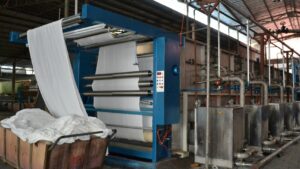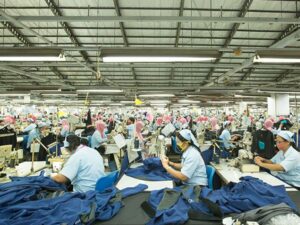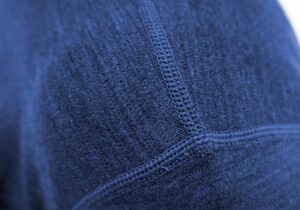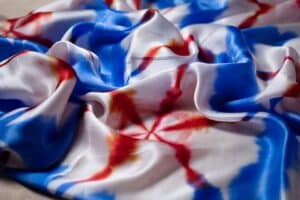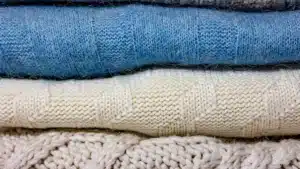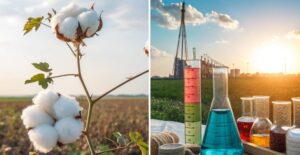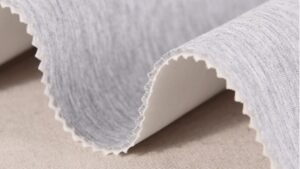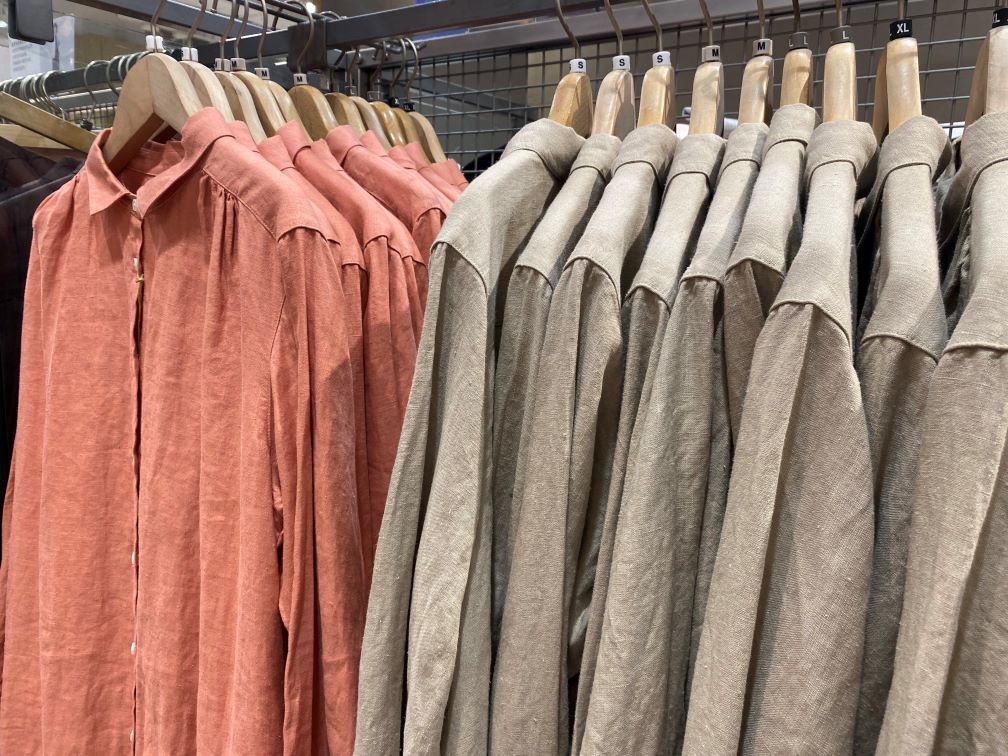
Linen fabric comes from fibers of the flax plant. It has a natural and classic look. This material is very strong, even stronger than cotton. Linen lets air pass through, keeping you cool in heat. It is also a good choice for the environment. Flax needs less water and fewer chemicals to grow. Picking linen helps the planet and gives you a long-lasting fabric.
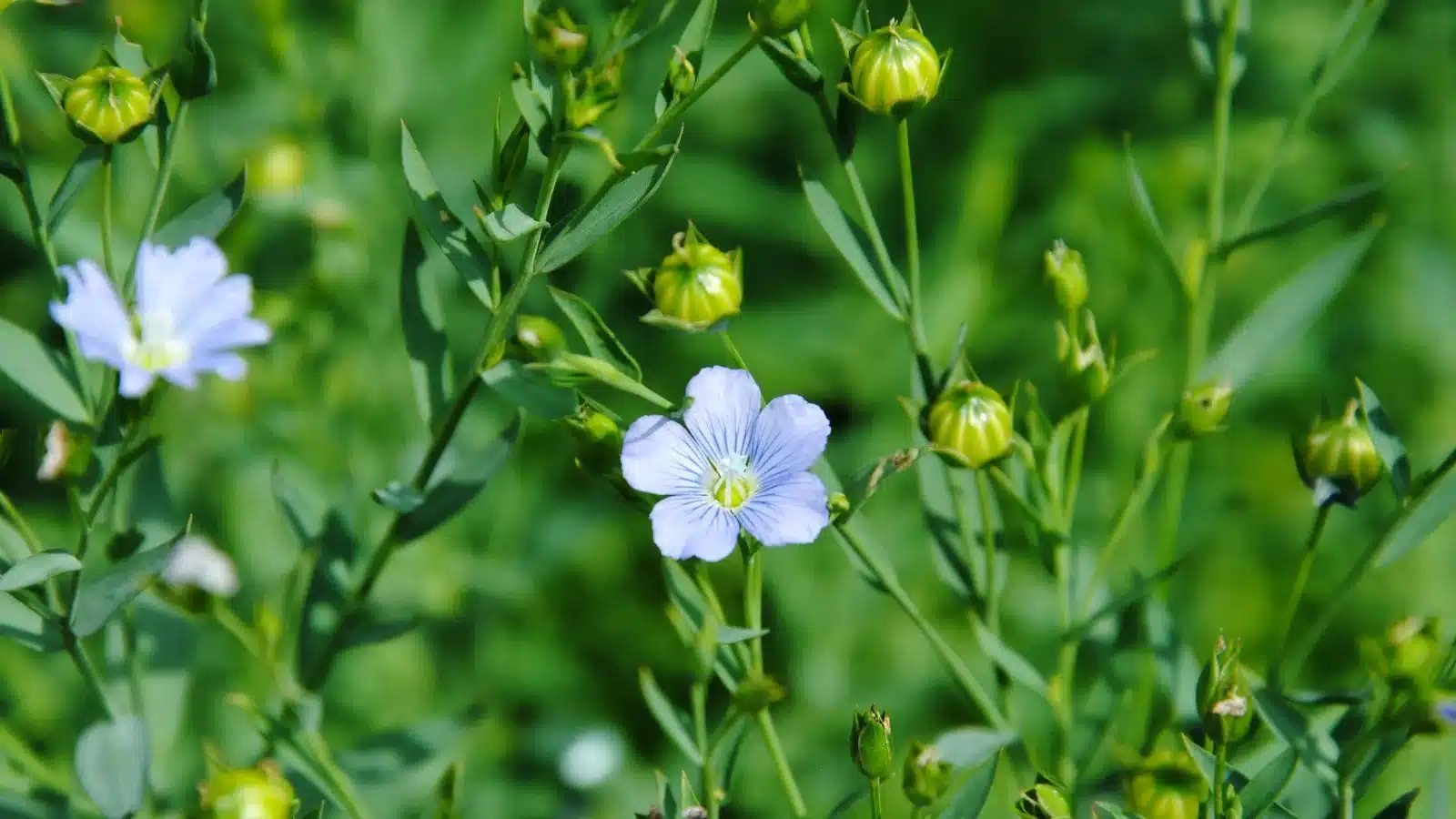
In Chinese, we call Linen fabric as 亚麻布(Yà Má Bù).
Key Takeaways
Linen is tough and lasts longer than cotton, cutting waste.
Linen lets air through and absorbs sweat, keeping you cool.
Linen fights bacteria and is gentle, great for sensitive skin.
Picking linen helps the planet since it uses less and breaks down naturally.
Linen can be used for clothes, home items, and other purposes.
Unique Properties of Linen
Durability and Strength
Linen is known for being very strong and durable. Its fibers are some of the toughest natural ones you can find. This makes linen great for things that need to last, like bookbinding threads or canvas. Linen is about 30% stronger than cotton. It handles wear and tear better than many other fabrics.
Because linen lasts a long time, it's also eco-friendly. You won't need to replace it often, which cuts down on waste. This makes linen a smart choice for daily use and for helping the environment.
Breathability and Moisture-Wicking
Linen is amazing at letting air flow through it. This keeps you cool, even on hot days. It helps your body stay at a comfy temperature, so it's great for clothes and home items.
Linen also pulls sweat away from your skin, keeping you dry. It dries fast, which makes it good for humid weather. These features make linen perfect for bedding, curtains, and other home items.
Antibacterial and Hypoallergenic Qualities
Linen is great for your skin and health. It stops bacteria from growing by up to 55%. This includes harmful ones like Staphylococcus aureus and Escherichia coli. Linen is a healthier pick for people with sensitive skin or places needing cleanliness.
Linen is also hypoallergenic, meaning it's less likely to cause allergies. Treated linen is even better for sensitive skin. It keeps sweat from causing skin problems and helps blood flow better. These features make linen a great choice for comfy and healthy clothes and bedding.
Sustainability and Biodegradability
Linen is a green fabric because it comes from nature. Choosing linen means picking something that lasts and goes back to the earth safely. It's a great option for people who care about the planet.
One amazing thing about linen is that it breaks down easily. Unlike man-made fabrics, linen naturally decomposes when thrown away. Tests show that linen breaks down in soil without leaving harmful stuff behind. For example, studies by Hohenstein prove how linen decays under set conditions. These tests follow global rules to ensure linen doesn’t harm the earth.
Here's how these tests prove linen is eco-friendly:
Evidence Description | Why It Matters for Sustainability |
|---|---|
Tests show how fabrics break down and their effect on nature. | Proves linen is biodegradable and good for the planet. |
Hohenstein made a test to check if fabrics like linen are safe. | Confirms linen doesn't harm the environment. |
Linen is buried in soil during tests to see how it decays. | Shows linen breaks down naturally in the earth. |
The test follows global rules for checking fabric biodegradability. | Adds trust to claims about linen's eco-friendliness. |
Microorganisms in soil help linen break down during testing. | Proves linen is safe and sustainable. |
When you throw away linen, soil microbes break it down naturally. This means linen doesn't add to trash piles or pollution. By using linen, you help lower your impact on the planet.
Linen also needs fewer resources to make than other fabrics. Flax, the plant used for linen, grows with little water and chemicals. This saves natural resources and makes linen a truly eco-friendly choice. Its production process is kind to the earth, making it perfect for green-minded buyers.
Linen's long life also makes it sustainable. It lasts longer than many fabrics, so you replace it less often. This cuts waste and supports a greener way of living.
By using linen in your clothes or home, you are not just picking a strong fabric. You are also helping the planet by choosing a sustainable option.
Benefits of Linen Fabric
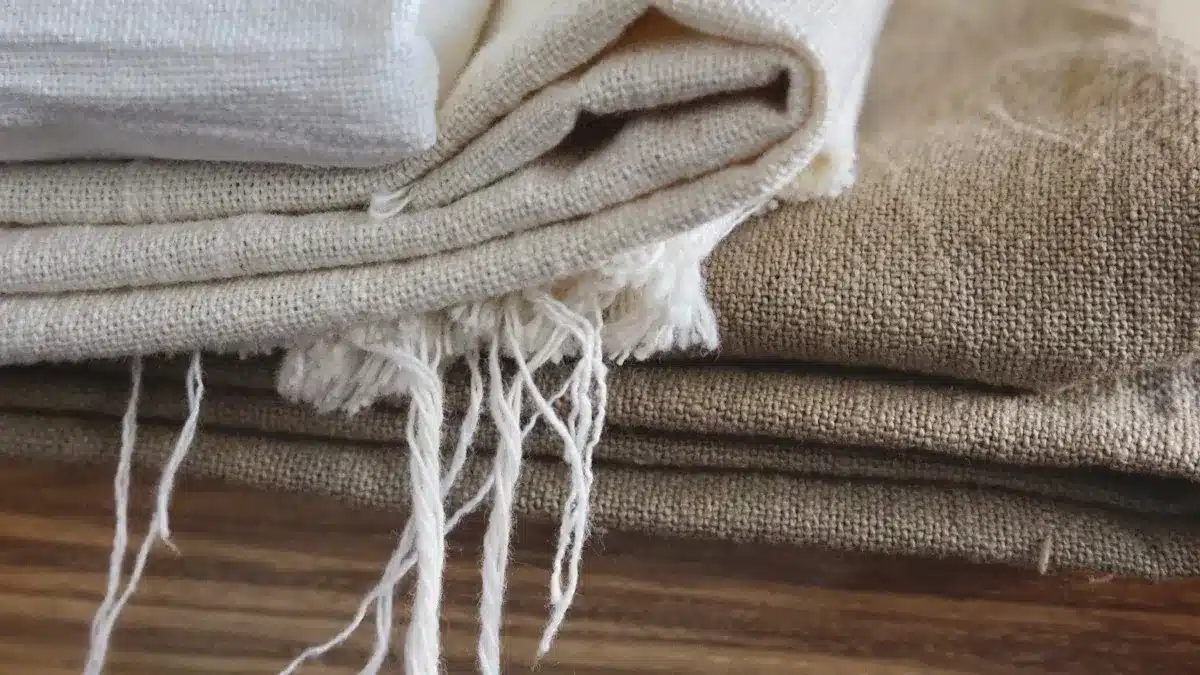
Comfort and Coolness
Linen is super comfy and keeps you cool. Its natural fibers let air move through easily. This helps you stay cool, even on hot days. Unlike fake fabrics, linen doesn't trap heat. It's perfect for summer clothes and bedding.
Linen can soak up a lot of moisture. A study says it holds 20% of its weight before feeling wet. This keeps you dry and comfy for longer. Another study shows linen allows 1.5 times more airflow than cotton. This helps sweat dry faster and makes you feel better.
Linen also blocks harmful sun rays well. It has a UPF rating of up to 50+. This makes it great for outdoor clothes, protecting your skin from the sun. Whether at home or outside, linen keeps you cool, dry, and safe.
Skin-Friendly and Non-Irritating
Linen is gentle on sensitive skin. It's hypoallergenic, so it won't cause allergies. Unlike fake fabrics, linen has no harsh chemicals. It feels soft and soothing on all skin types.
Linen also fights bacteria, lowering the chance of skin problems. This makes it a healthier choice for clothes and bedding. Picking linen means you're choosing comfort and better skin health.
Long-Lasting and Cost-Effective
Linen is very strong and lasts a long time. Its fibers are 30% tougher than cotton, says a fabric group. This means linen can handle lots of use and washing.
Linen might cost more at first, but it's worth it. Its strength saves money over time. You won't need to replace linen items often, which cuts waste.
Linen is also eco-friendly because it lasts so long. Fewer replacements mean fewer resources used. By picking linen, you get a strong fabric and help the planet.
Eco-Friendly and Sustainable Choice
Picking linen fabric helps the planet in a big way. Linen is a green choice because of how it's made and used. Its eco-friendly features make it great for people who care about nature.
Linen needs fewer resources than other fabrics. Flax, the plant for linen, grows with little water. Unlike cotton, flax uses rain instead of extra watering. This makes linen a smart choice for saving water.
Flax farming skips harmful chemicals. Farmers don't need pesticides or fake fertilizers for flax. This keeps the soil clean and reduces pollution. The process of making linen is also waste-free. Almost every part of the flax plant gets used.
Linen breaks down easily in the soil. When thrown away, it decomposes naturally. Tiny organisms in the ground help it rot without causing harm. Linen doesn't add to trash or pollution.
Here's why linen is eco-friendly:
It saves water by needing less to grow.
Flax farming avoids harmful chemicals, keeping nature safe.
The whole flax plant gets used, leaving no waste.
Linen breaks down naturally, cutting down on trash.
By choosing linen, you're picking a strong and stylish fabric. You're also helping the earth by making a green choice. Linen is perfect for clothes, home items, and more.
Linen vs. Other Fabrics
Linen vs. Cotton
Linen and cotton have many differences. Linen is stronger and lasts longer. Its fibers are 30% tougher than cotton. This means linen items stay in good shape for years. Unlike cotton, linen gets softer with every wash. Cotton can wear out and become thin over time.
Linen is also better at letting air flow through. It allows 1.5 times more airflow than cotton. This makes linen great for hot weather. It keeps you cooler and drier. Cotton absorbs sweat but dries slowly, leaving you damp. Linen dries fast, making it perfect for humid days.
Linen also fights bacteria naturally, which helps sensitive skin. Cotton doesn’t have this feature and may cause odors or irritation. If you want a fabric that's strong, comfy, and breathable, linen is the best choice.
Linen vs. Polyester
Linen and polyester are very different fabrics. Linen comes from flax plants, while polyester is made from plastic. Linen is eco-friendly and breaks down naturally. Polyester harms the planet and takes hundreds of years to decay.
Linen is much comfier than polyester. It lets air move freely, keeping you cool. Polyester traps heat and sweat, making you feel sticky. Linen absorbs sweat and dries fast. Polyester holds onto sweat, causing bad smells.
Linen is also more durable in the long run. Polyester resists wrinkles but doesn't improve with time. Linen gets softer and better after each wash. If you care about the planet and comfort, linen is the smarter pick.
Linen vs. Wool
Linen and wool are used for different reasons. Linen is light and airy, great for summer clothes. Wool is heavier and keeps you warm in winter.
Linen wicks away sweat, keeping you dry and cool. Wool absorbs sweat but feels heavy when wet. Wool also needs special care and can shrink easily. Linen is easier to clean and can go in the washing machine.
Linen feels smooth and crisp, while wool can feel itchy. If you have sensitive skin, linen is more comfortable. For cold weather, though, wool is better because it keeps you warm.
Common Uses of Linen Fabric
Clothing and Fashion
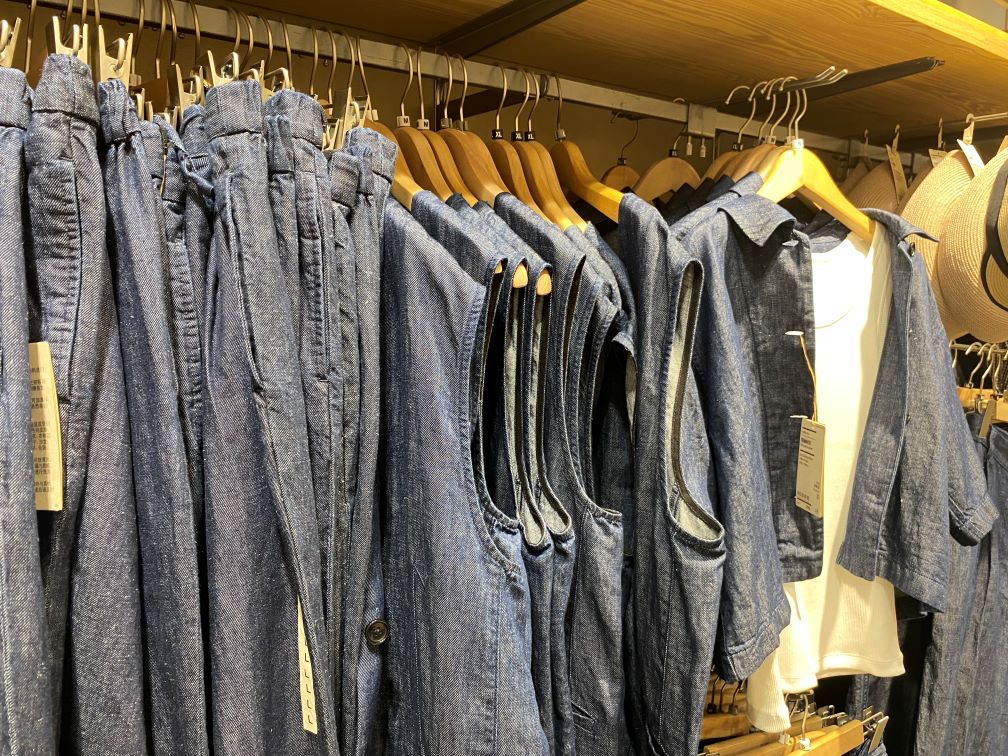
Linen is loved in fashion for being comfy and strong. It's used in many clothes like shirts, pants, dresses, and jackets. Linen absorbs sweat and lets air flow, making it great for hot weather.
Here's why people choose linen for fashion:
The fabric shines and lasts longer than cotton.
It’s often used in fancy clothes because it feels high-quality.
Feature | Details |
|---|---|
Comfort | Linen clothes keep you cool and dry by soaking up sweat. |
Growing Demand | |
Clothing Use | Perfect for summer outfits like shirts, pants, and dresses. |
Sustainability | Linen’s green features make it a favorite for eco-conscious buyers. |
If you want stylish clothes that breathe well, linen is a great choice.
Home Textiles (e.g., bedding, curtains, tablecloths)

Linen is popular for home items because it's tough and looks nice. You'll find it in sheets, curtains, and tablecloths. It's gentle on sensitive skin and keeps you comfy by pulling away moisture.

Linen's classic style and usefulness make it perfect for decorating your home.
Industrial and Specialty Applications
Linen is strong and absorbs well, making it useful in industries. It's used for furniture covers, cleaning cloths, and art canvases. Linen adds beauty and strength to furniture. In factories, it's chosen for its toughness and ability to last.
Application Type | Description |
|---|---|
Furniture Covers | |
Industrial Products | Used for items like cleaning cloths and canvases that need to absorb well. |
These uses show linen's flexibility beyond clothes and home items.
Linen fabric is strong, breathable, and eco-friendly. It works well for clothes, home items, and industry needs. Linen's special features, like fighting bacteria and lasting long, make it popular. Choosing linen helps the earth and gives you a comfy, stylish, and useful fabric.
FAQ
What makes linen fabric different from other fabrics?
Linen is made from flax plants, so it's natural and eco-friendly. It's tougher, breathes better, and dries quicker than cotton or polyester. Unlike man-made fabrics, linen breaks down naturally, helping the environment.
How do you care for linen fabric?
Wash linen in cool or warm water with gentle soap. Don't use bleach. Let it air-dry or use low heat in a dryer. Iron it when it's slightly wet for smoothness. Linen becomes softer after each wash.
Tip: Always read the care label for proper instructions.
Is linen suitable for all seasons?
Yes, linen is good for every season. It keeps you cool in summer by letting air flow and soaking up sweat. In winter, you can wear it with other fabrics to stay warm.
Does linen wrinkle easily?
Yes, linen wrinkles because of its natural fibers. These wrinkles give it a casual and relaxed style. If you want it smooth, iron it while damp or use a steamer.
Why is linen considered eco-friendly?
Linen needs less water and fewer chemicals to make. Flax plants grow fast and don't need much care. Linen also breaks down naturally, leaving no harmful waste.
Note: Choosing linen helps the planet and supports green living.





